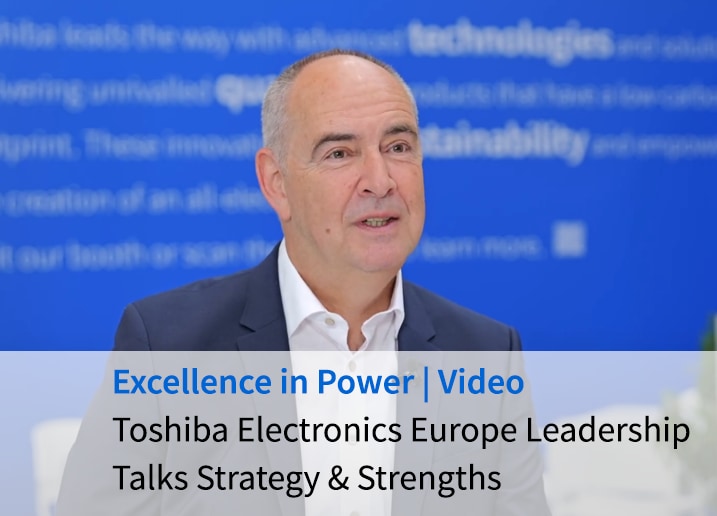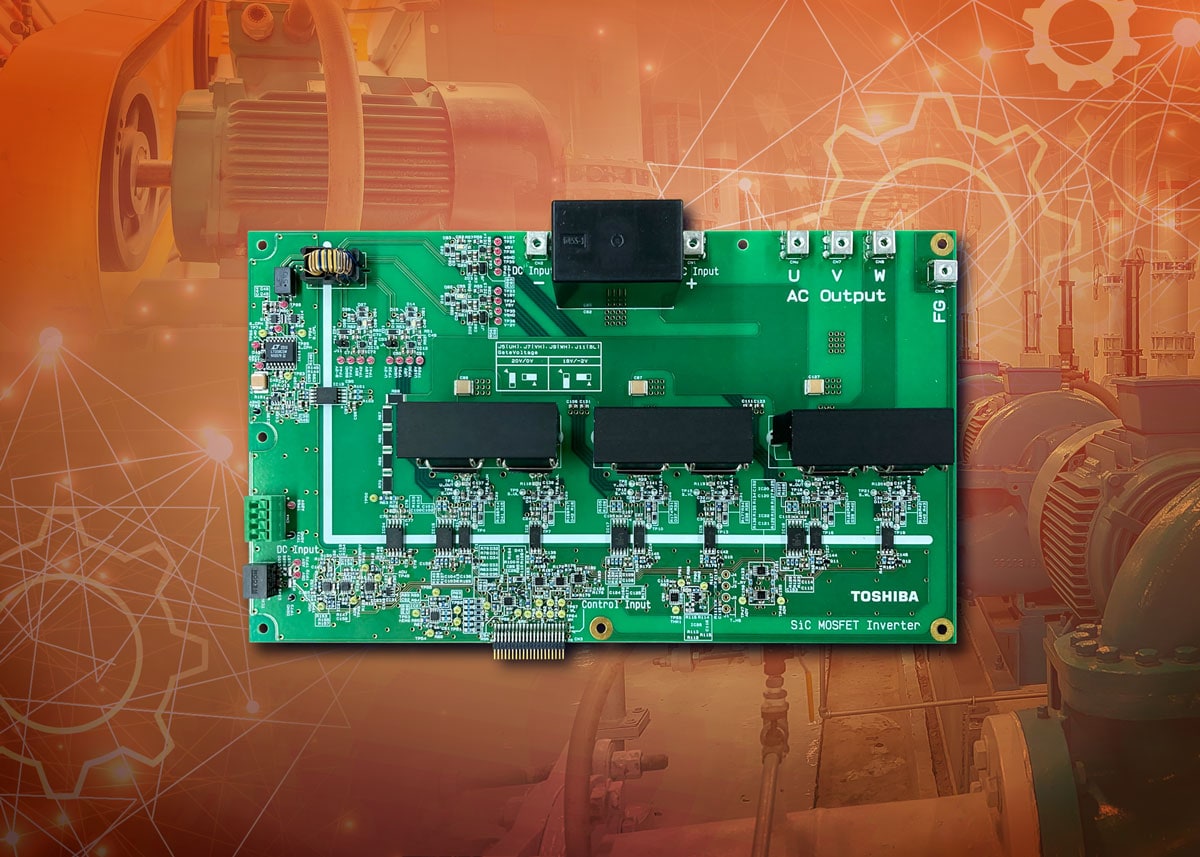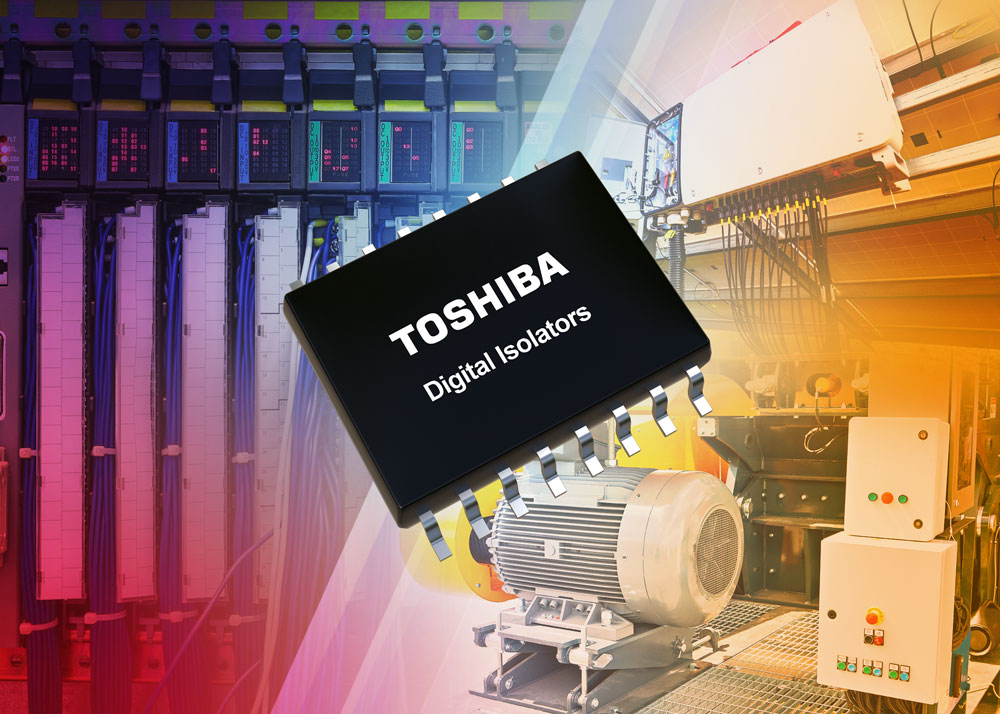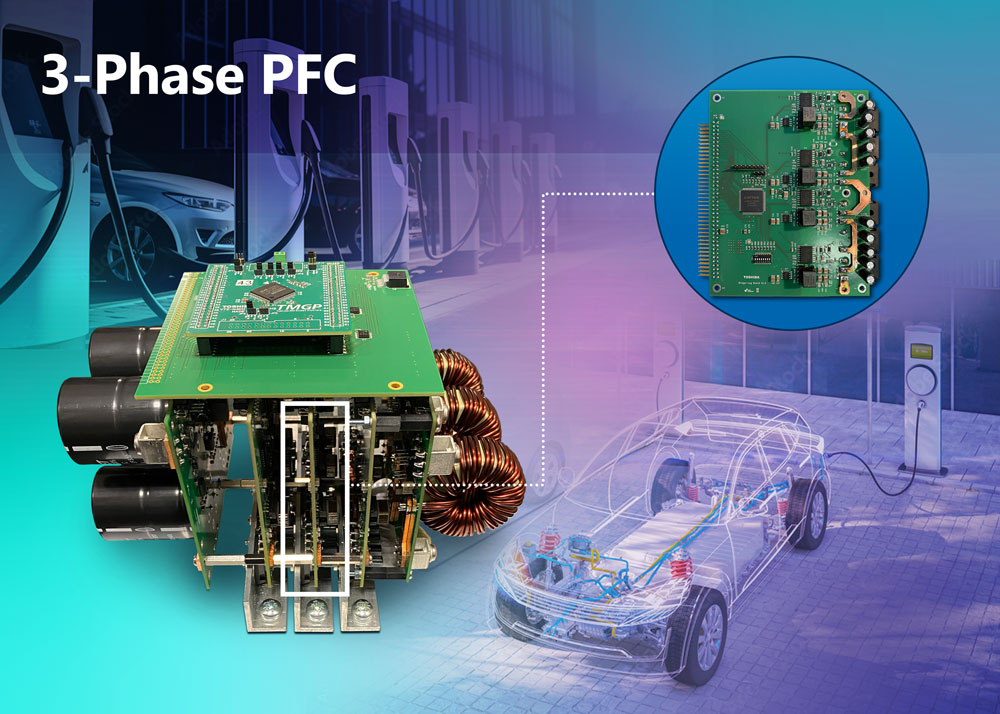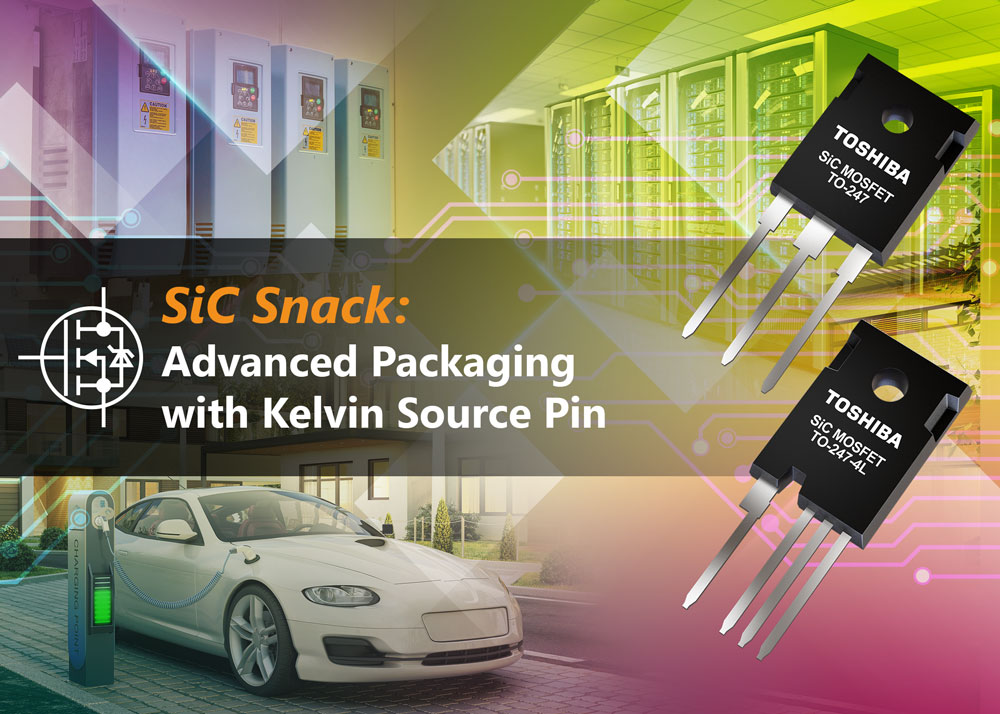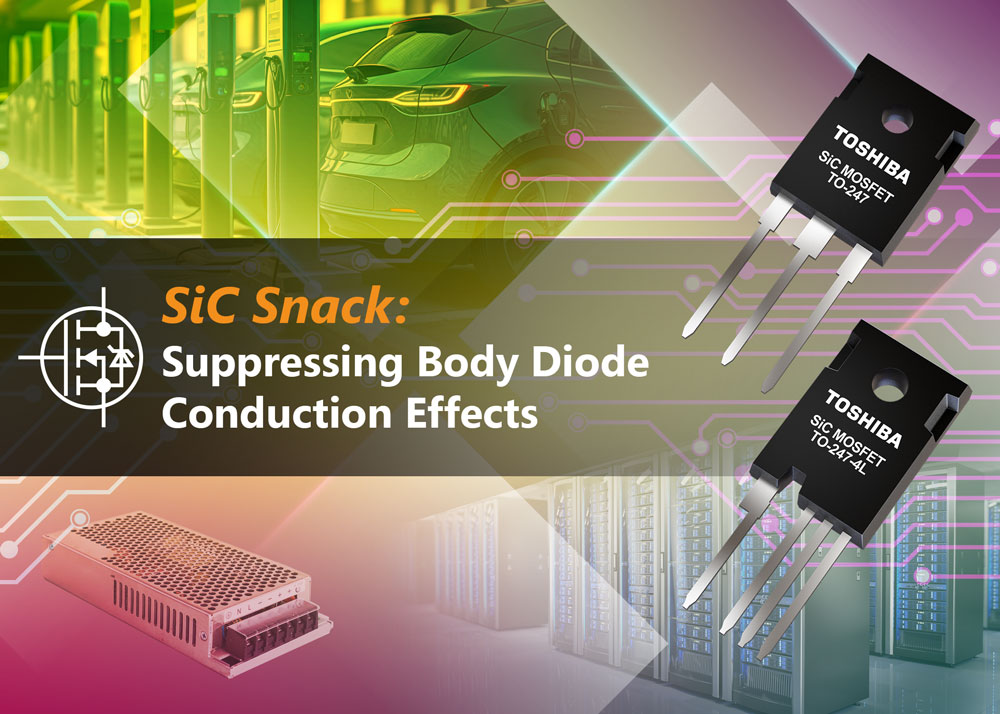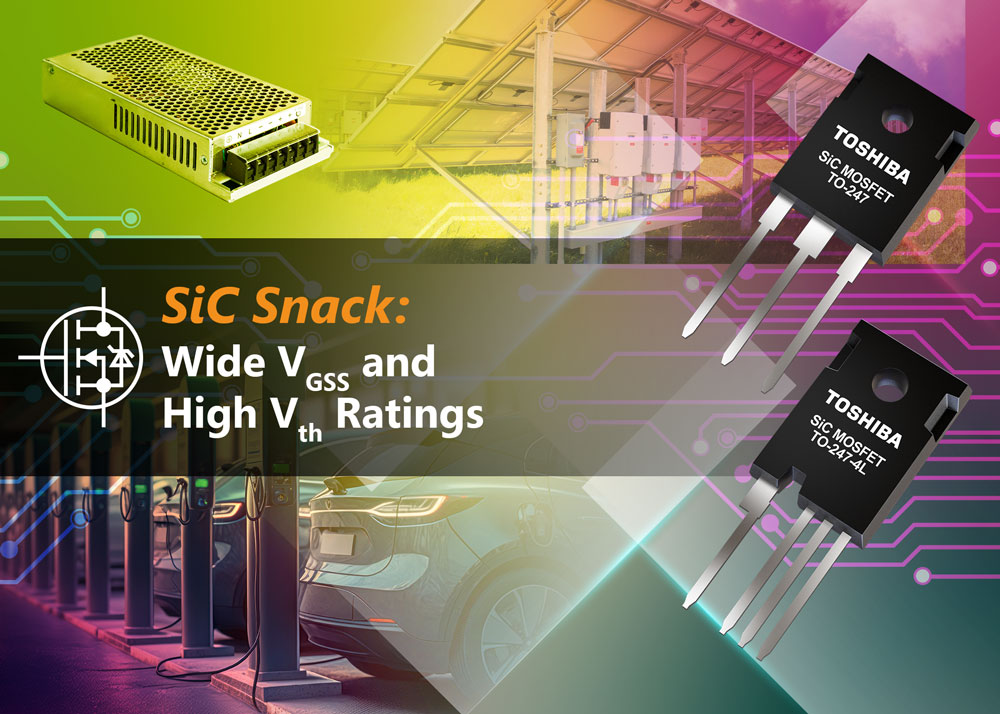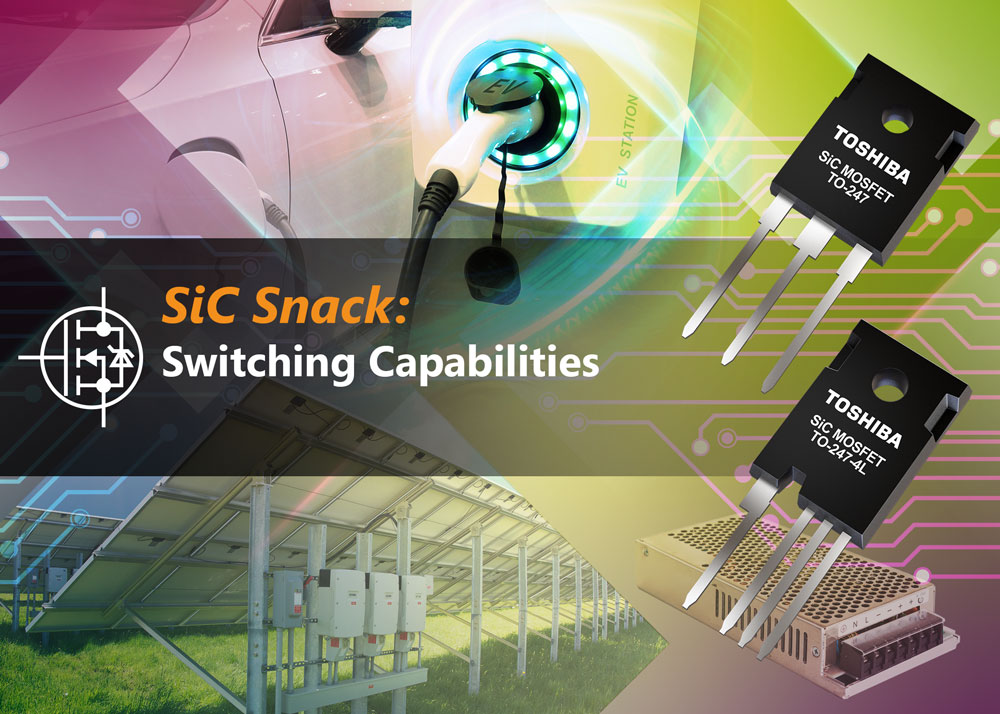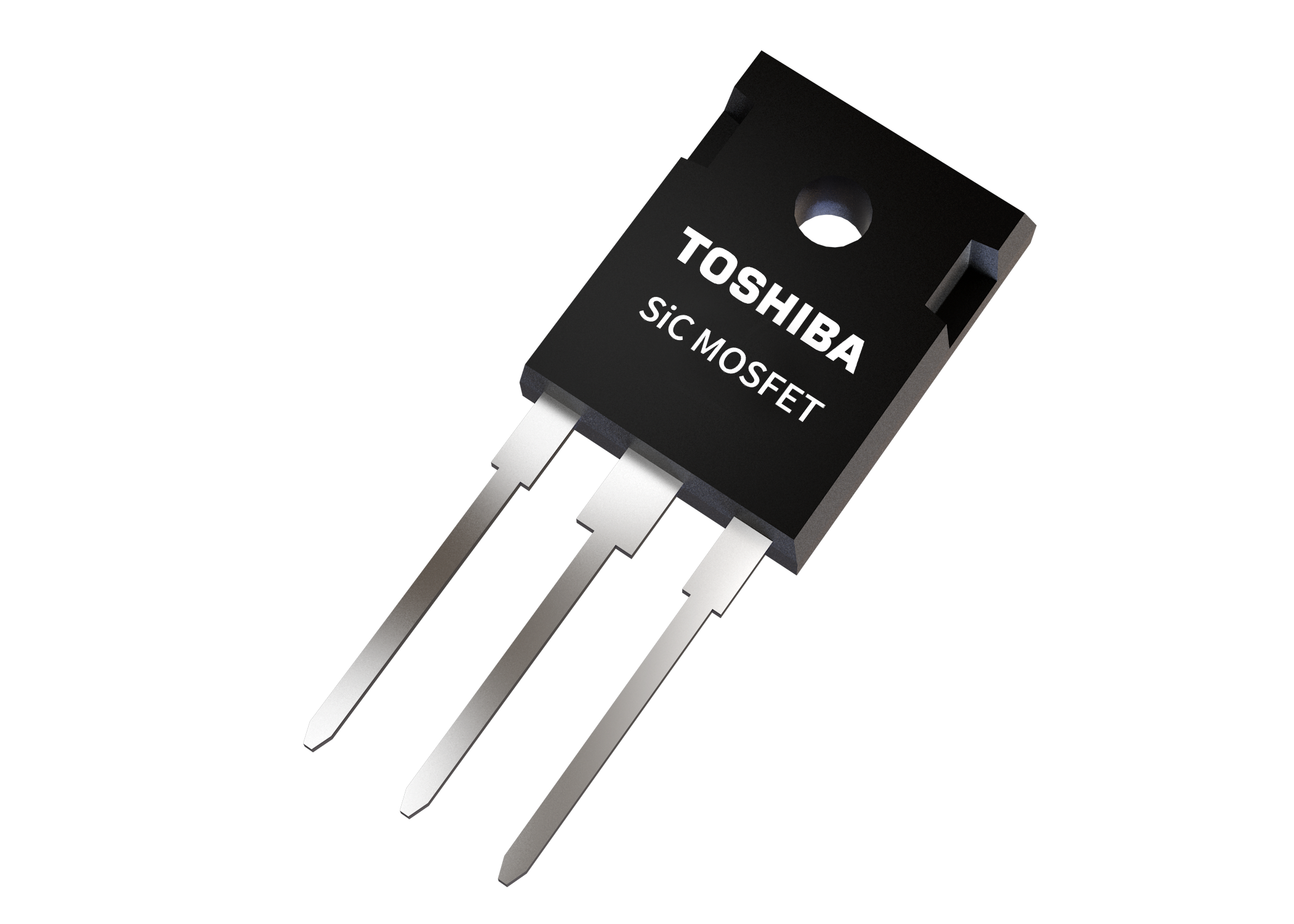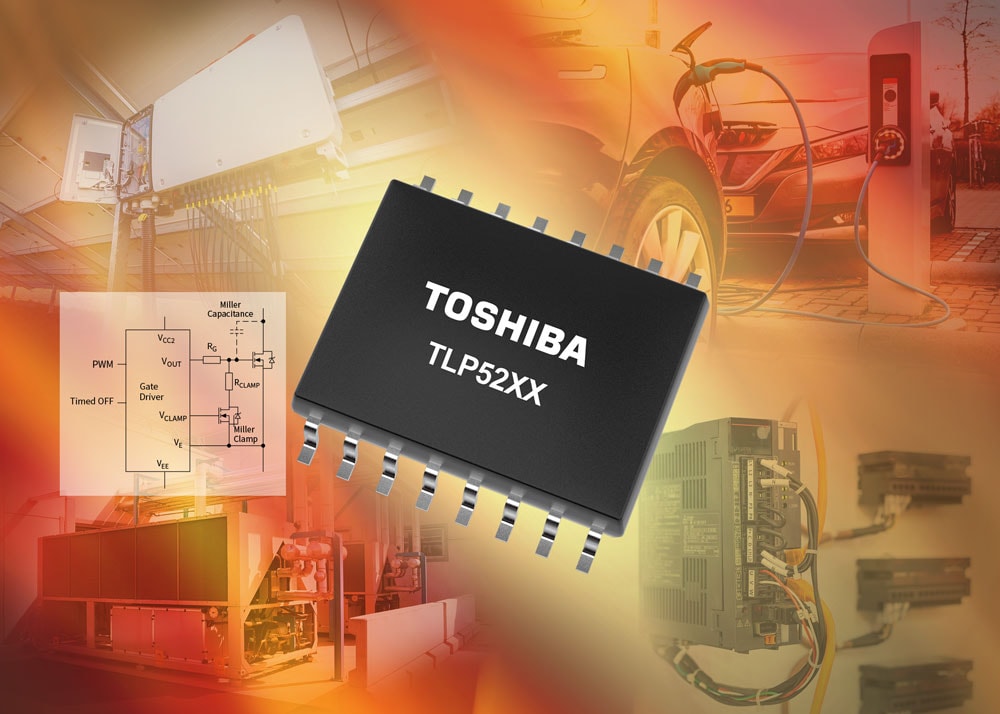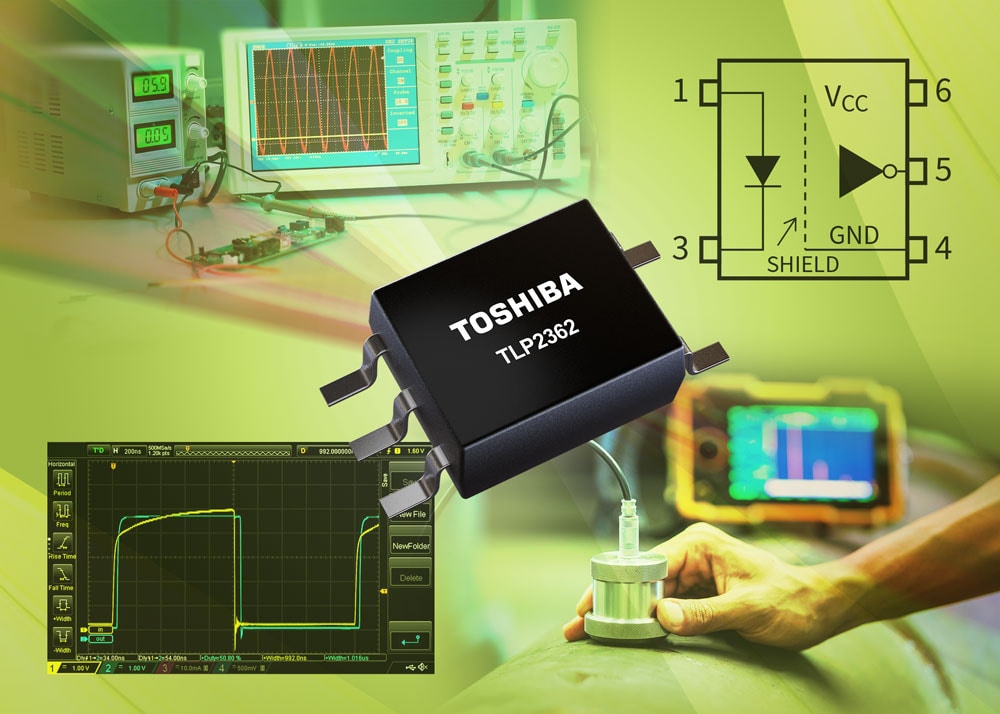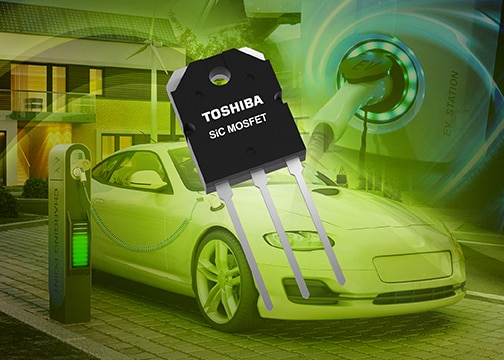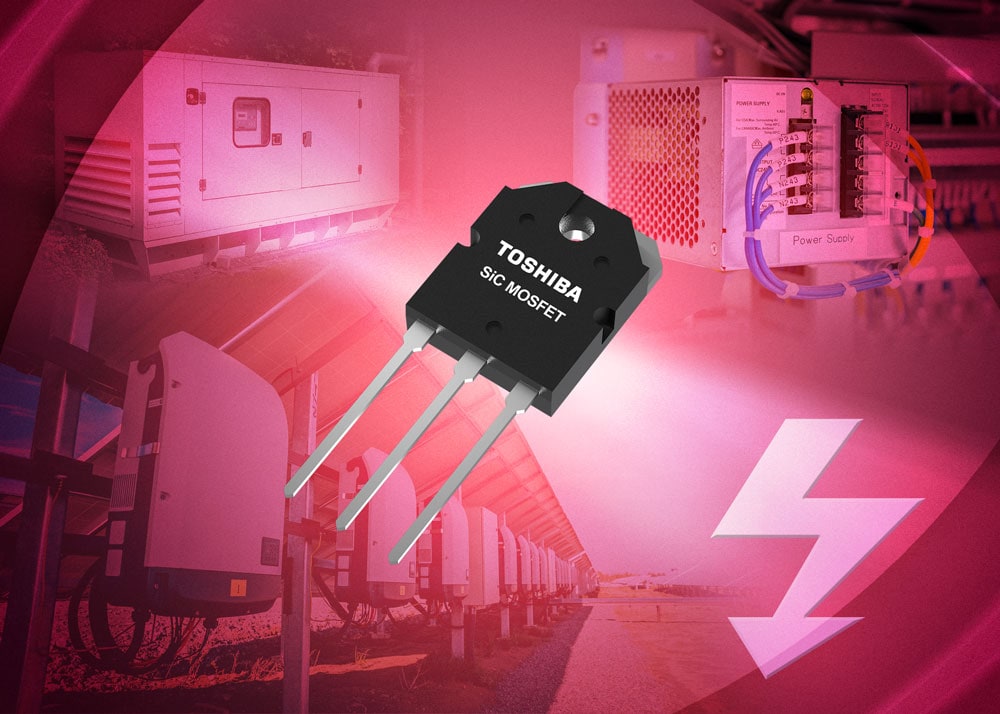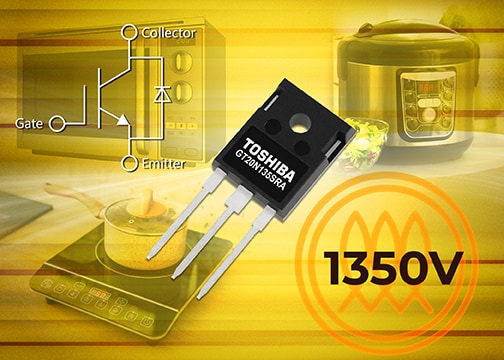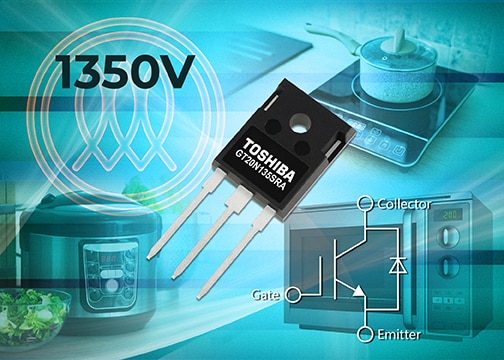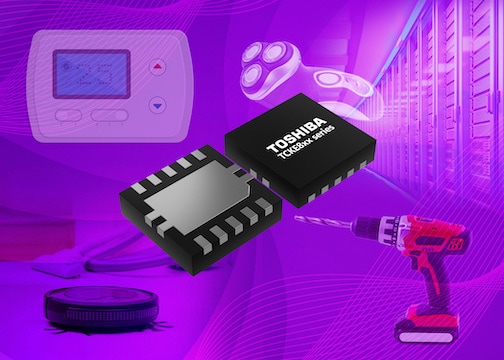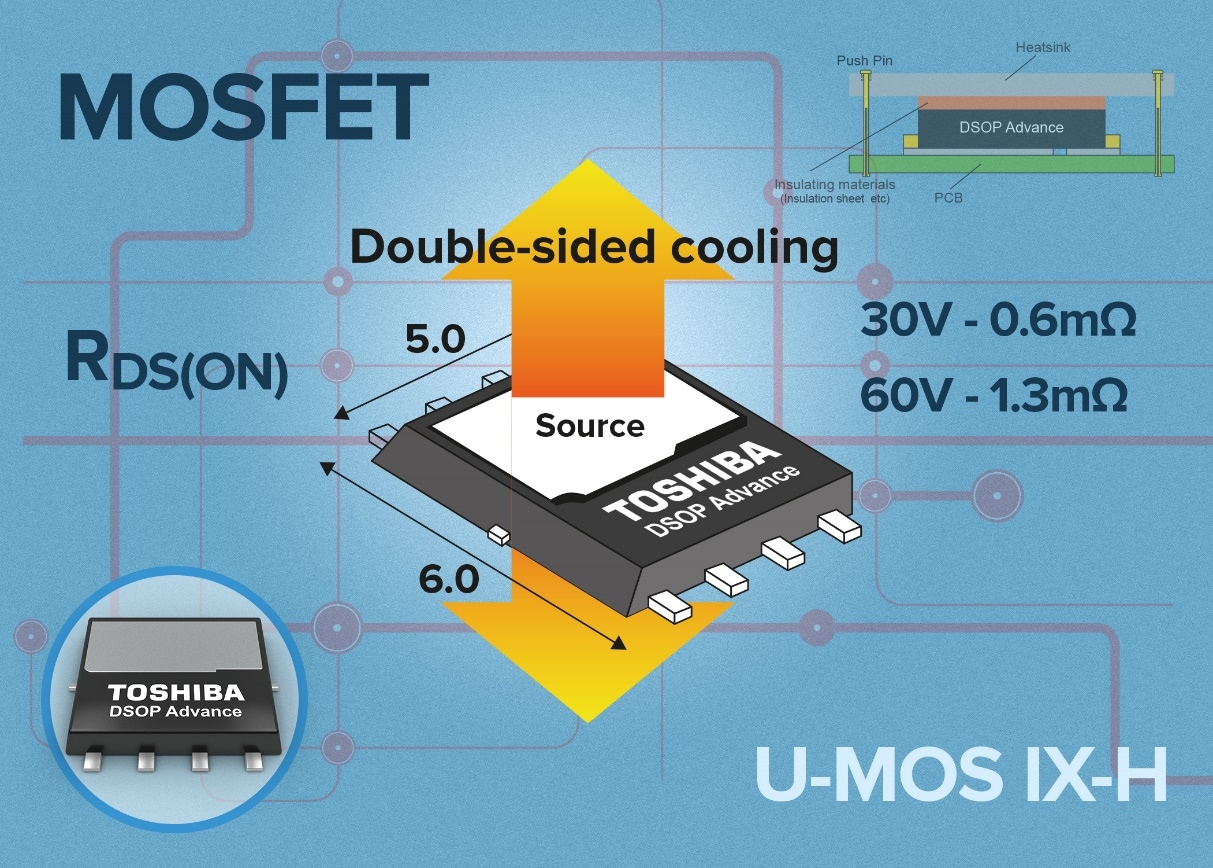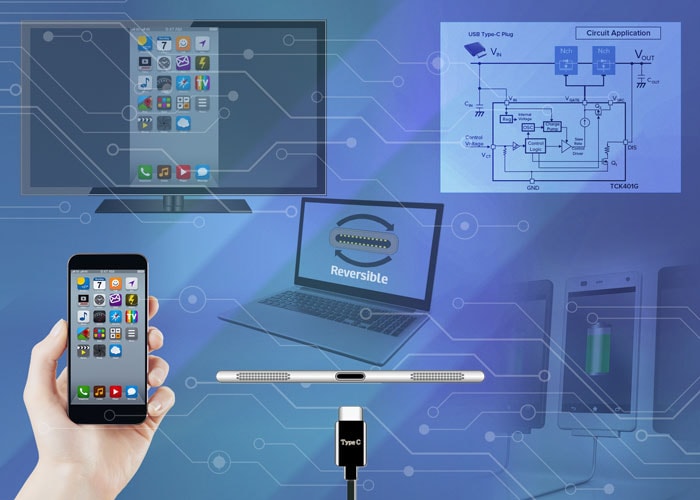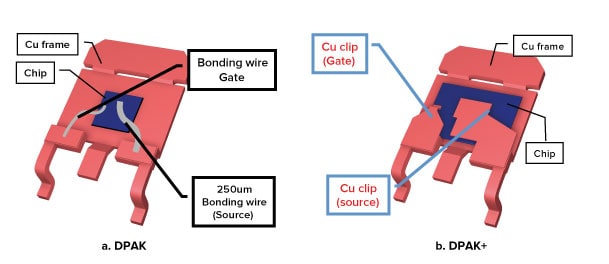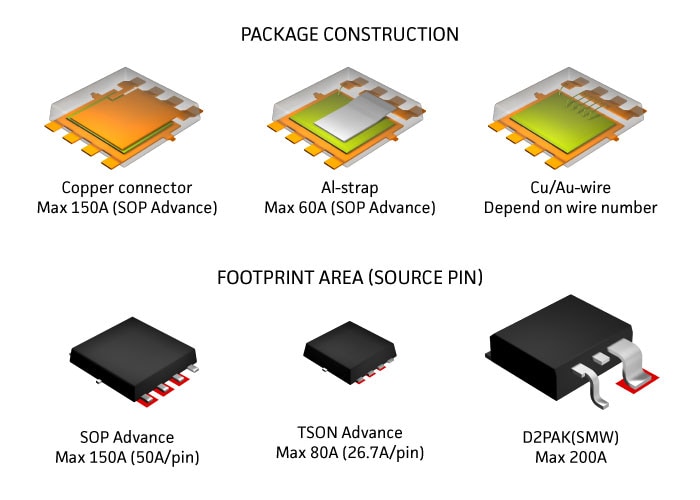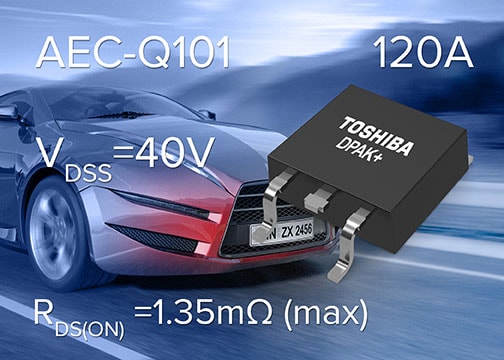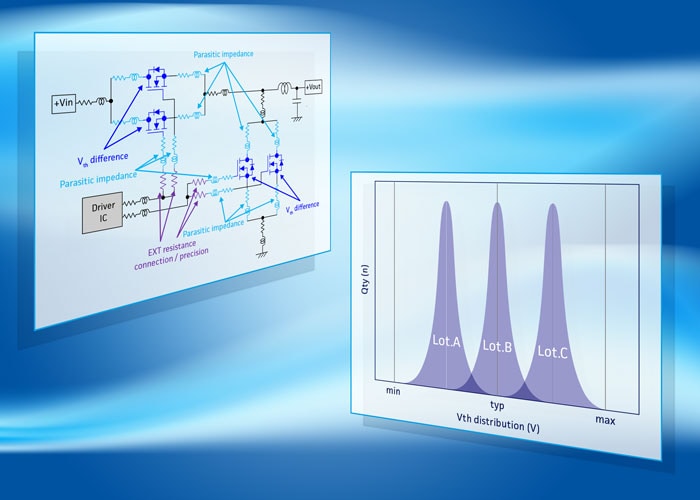- General Top
- SEMICONDUCTOR
- STORAGE
- COMPANY
-
My ToshibaSemicon
- Semiconductor Top
-
ApplicationsAutomotive
Body Electronics
xEV
In-Vehicle Infotainment
Advanced Driver-Assistance Systems (ADAS)
Chassis
IndustrialInfrastructure
BEMS/HEMS
Factory Automation
Commercial Equipment
Consumer/PersonalIoT Equipment
Healthcare
Wearable Device
Mobile
Computer Peripherals
-
ProductsAutomotive Devices
Discrete Semiconductor
Diodes
Transistors
Logic ICs
Analog Devices
Digital Devices
Wireless Devices
※
: Products list (parametric search)
Power SemiconductorsSiC Power Devices
※
: Products list (parametric search)
Isolators/Solid State RelaysPhotocouplers
Digital Isolators
Solid State Relays
Fiber Optic Transmitting Modules
※
: Products list (parametric search)
MOSFETsIGBTs/IEGTsBipolar Transistors※
: Products list (parametric search)
Diodes※
: Products list (parametric search)
MicrocontrollersMotor Driver ICsIntelligent Power ICs※
: Products list (parametric search)
Power Management ICsLinear ICs※
: Products list (parametric search)
General Purpose Logic ICsLinear Image SensorsOther Product ICsOther Product ICs
※
: Products list (parametric search)
-
Design & Development
Design & Development
Innovation Centre
At the Toshiba Innovation Centre we constantly strive to inspire you with our technologies and solutions. Discover how to place us at the heart of your innovations.
-
Knowledge
Knowledge
Highlighted Topics
Further Materials
Other
- Where To Buy
- Part Number & Keyword Search
- Cross Reference Search
- Parametric Search
- Stock Check & Purchase
This webpage doesn't work with Internet Explorer. Please use the latest version of Google Chrome, Microsoft Edge, Mozilla Firefox or Safari.
require 3 characters or more. Search for multiple part numbers fromhere.
The information presented in this cross reference is based on TOSHIBA's selection criteria and should be treated as a suggestion only. Please carefully review the latest versions of all relevant information on the TOSHIBA products, including without limitation data sheets and validate all operating parameters of the TOSHIBA products to ensure that the suggested TOSHIBA products are truly compatible with your design and application.Please note that this cross reference is based on TOSHIBA's estimate of compatibility with other manufacturers' products, based on other manufacturers' published data, at the time the data was collected.TOSHIBA is not responsible for any incorrect or incomplete information. Information is subject to change at any time without notice.
require 3 characters or more.
USB Type-C: Everything to everyone?
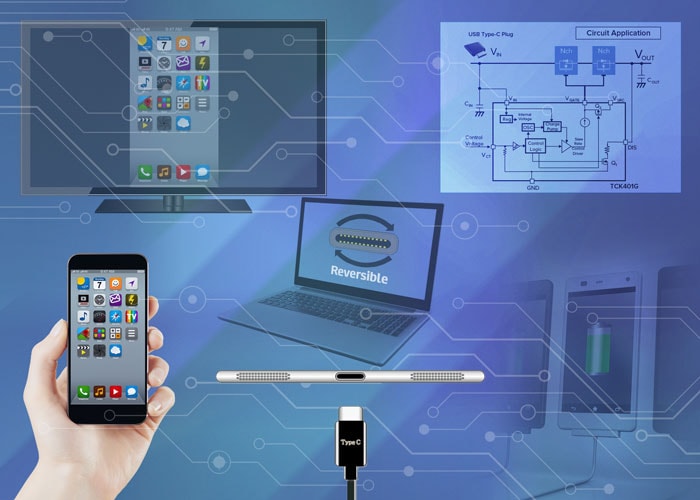
USB Type-C has fundamentally changed the way that devices, especially computers and peripherals, will connect in the future. Although it is part of the USB 3.1 specification, USB Type-C is truly a game-changer in that it incorporates the USB Power Delivery (USB PD) specification that allows up to 100W of power to be delivered alongside data at up to 10Gbps.
The new standard provides for a universal connector and cable that is fully reversible. There is only one type of connector, which is ‘flippable’. This means that a USB Type-C cable and its connectors can be inserted in either direction, and either orientation.
USB Type-C will deliver data, audio, video and power. Also, via Alternate modes, standards such as DisplayPort, HDMI, MHL, Audio and Thunderbolt can all be delivered through Type-C connectors. The greatest advantage to consumers will be the incredible convenience that USB Type-C delivers, allowing a single cable type to be used for multiple purposes.
Waste will also be eliminated as the higher power available via USB PD means that manufacturers will no longer be obligated to ship devices such as smartphones with a dedicated charger. Even dedicated laptop chargers may be eliminated. This is because using USB Type-C to connect a laptop to a mains-powered external monitor means that the monitor can power and charge the laptop, while displaying the screen content from the laptop.
Consumer convenience often brings challenges for system designers and that is true with USB Type-C. To meet the USB PD specification, semiconductor switches need to be able to both withstand higher voltages and transfer more power efficiently. The high-speed transceivers needed are generally more susceptible to ESD, so Transient Voltage Suppression (TVS) diodes are required to protect these transceivers, while ensuring the high-speed data is not distorted.
Giving the consumer the ability to plug either end of the cable into any device means that devices have to be able to recognise cable orientation and map the data-bus pins according to how connectors are inserted - while maintaining 10Gbps data transmission via two different paths.
Toshiba has a comprehensive product suite for all the challenges that USB Type-C brings to designers – and an informative white paper that discusses the challenges and solutions. To download our USB Type-C white paper, please click here:


